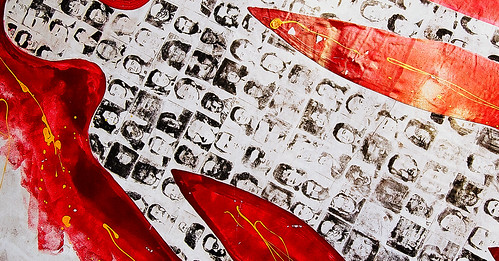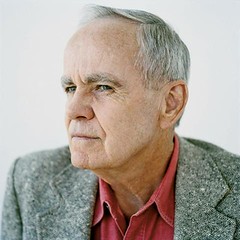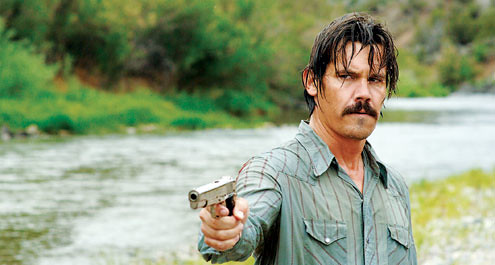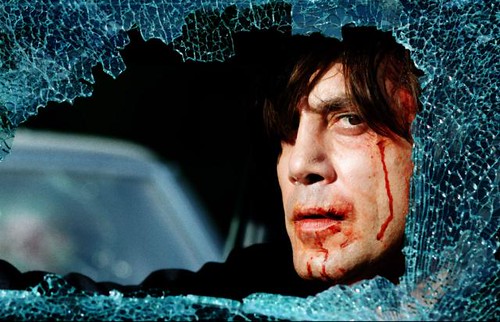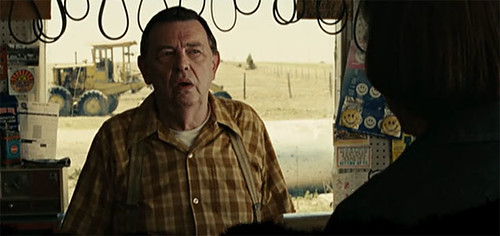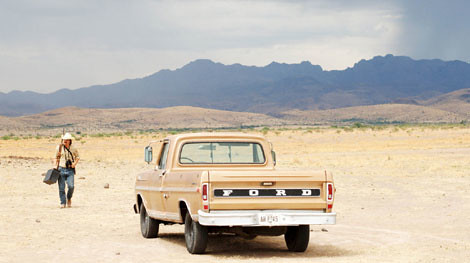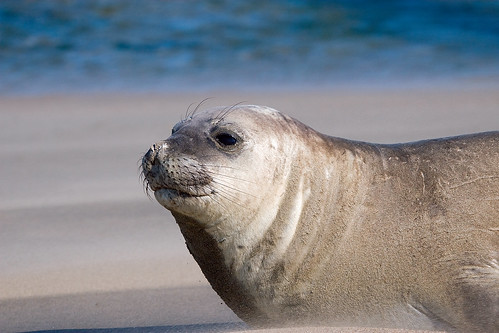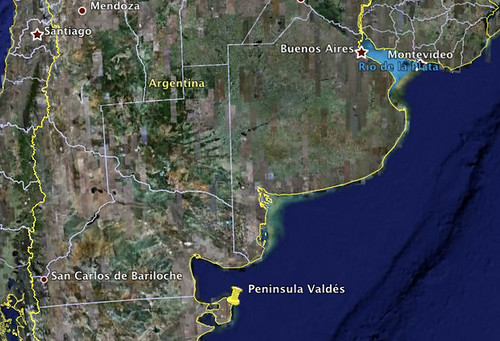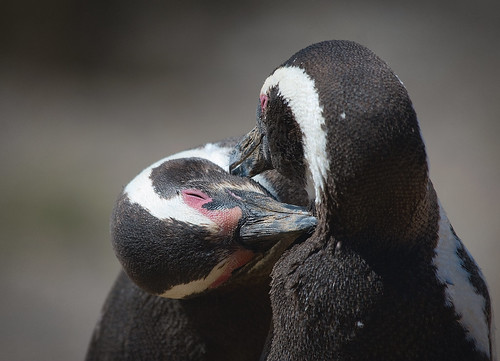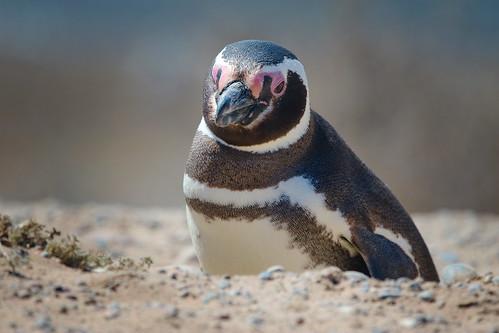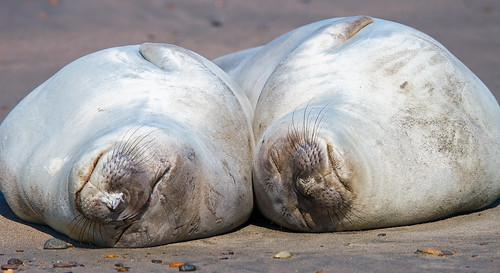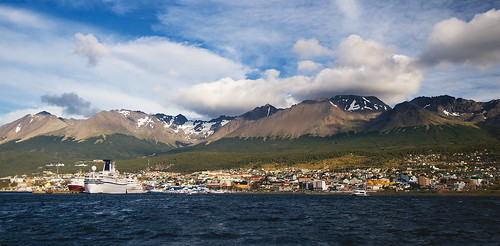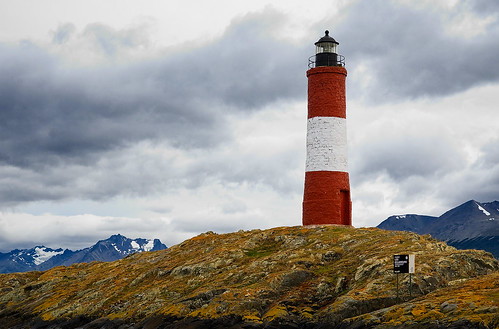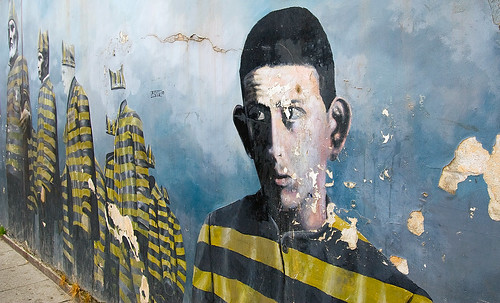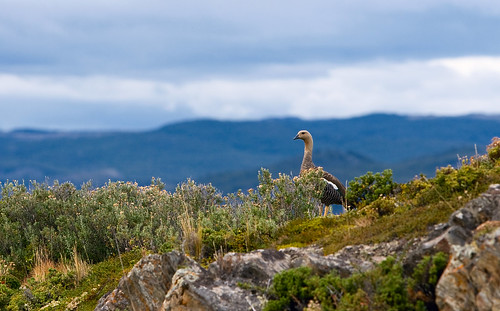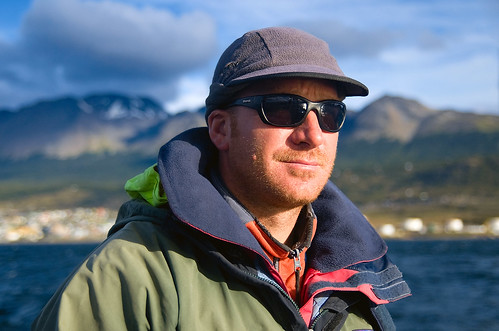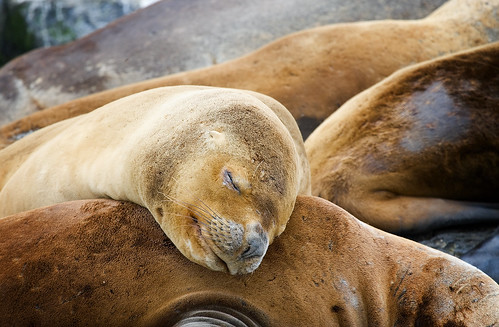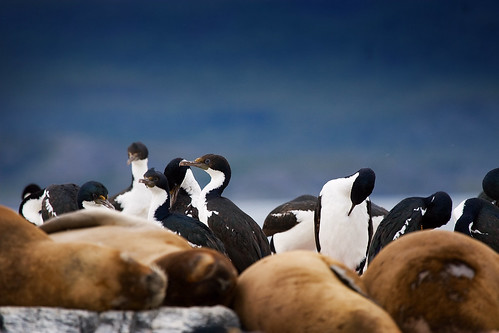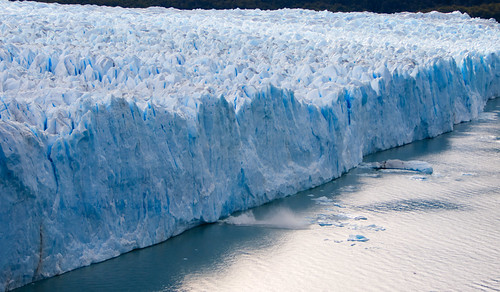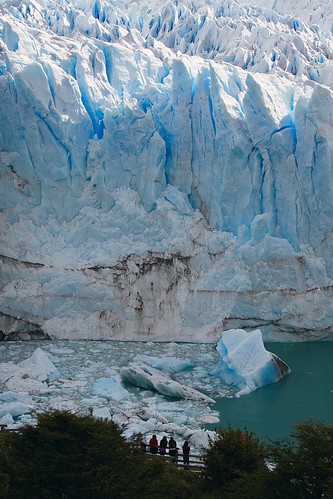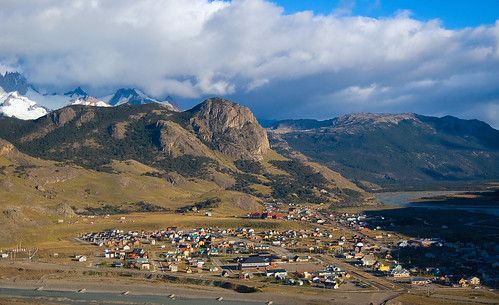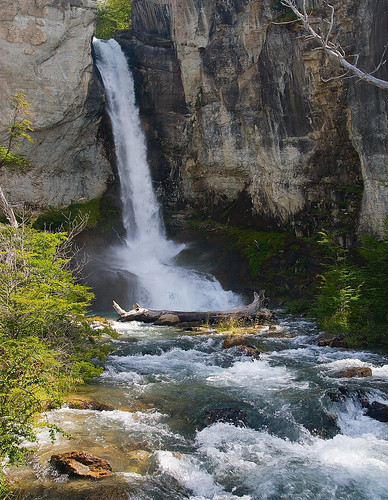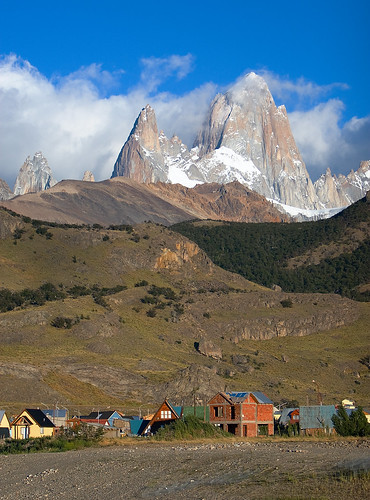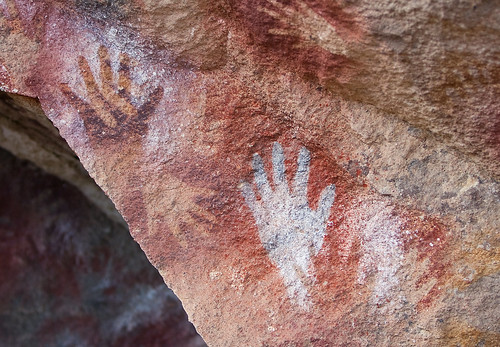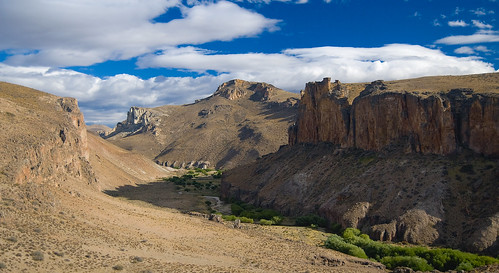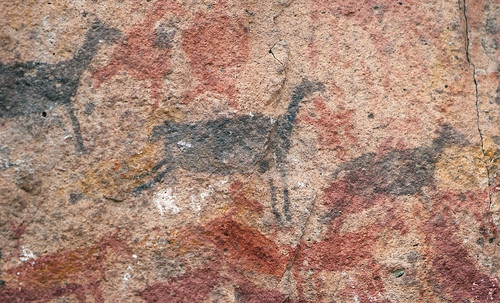After a rather lengthy tour around Argentina, I thought it would be helpful to share the best hotels, inns and estancias I've come across.
I've taken my lead from fellow
Quaffer, BA expat and
full-time tour guide—
Alan, who has compiled a
list of his favorite hotels in Buenos Aires over at his blog.
But Argentina has so much more than just Buenos Aires. So here is my list of the best beds Argentina has to offer—assuming price is no object.
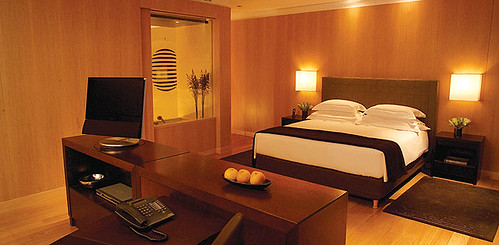
Simply one of my favorite hotels in the whole world.
Even though it is brand new, the Palacio Duhau - Park Hyatt Buenos Aires has found it's place among the best hotels in Buenos Aires and has found it to the top of my list of best hotels.
To some, the Alvear (see #4 below) is the Grand Damme of Buenos Aires hotels. However, if you are like me, and all the marble, gold and gilded, white-glove service seems a bit dated and stuffy, head over to the Park Hyatt. The service at the Park Hyatt is warm and sleek and every bit as attentive with a very high staff to guest ratio.
The rooms are modern and cozy. This is what luxury in the twenty first century should be like. The tea and brunch at the Park Hyatt are wonderful treats and a favorite choice for my daughter on special occasions.
The Park Hyatt is really two hotels in one. The part facing Ave. Alvear was once a private palace. It has been wonderfully restored and blends the best of old and new. The tower facing Posadas street is sleek and modern.
It is one of the priciest beds in town. But, you will be rubbing shoulders with rock stars and other celebs passing through town.

My second favorite hotel is the Llao Llao Hotel and Golf Resort located 30km west of Bariloche. The views are breathtaking in every direction.
It is a great place to stay if you are on a romantic getaway, have the kids in tow, or if you are a celeb looking to hang with your gal pals. There are plenty of activities to keep you busy. Or if you prefer, there are plenty of great spots to do nothing but soak up the sun and the incredible views.
Golfer? This is the place for you. The views from the golf course are better than Pebble Beach.
You can find more pics in my earlier blog post on my stay.

Four Seasons reputation for excellence is not wasted on the Four Seasons Buenos Aires. It is a great place to stay if you are on business or traveling on your own.
To be honest, it was about 10 years or so ago when I stayed there as a young software executive on my first visit to Buenos Aires. It was the nicest hotel I had stayed in at the time, only it wasn't the Four Seasons. It was the Park Hyatt back then.
Fast forward several years later and through a major renovation, it is even nicer than I remembered. The service, like the other two Buenos Aires hotels on the list, is top notch and its location just off 9 de Julio can't be beat.
Brunch here shouldn't be missed. My family took me to Sunday brunch here for my birthday. It was more my style than the brunches at the Park Hyatt or the Alvear—less pretentious and friendlier, but every bit as nice.
Similar to the new Palacio Duhau Park Hyatt, the hotel features a wonderful french-style mansion in the back and a new, modern tower in the front. Ask for a room with a view of the pool and the mansion. You may even get a great view of the Obelisk.

Ask any porteño what the best hotel in Buenos Aires is, and they will all say the Alvear. For over 75 years this hotel has staged some of the most important events in Buenos Aires. It's white gloved service can't be matched. The english speaking staff from the concierge to the butler are eager to assist with any need.
For those looking for a throwback to a bygone era, this is the place for you. It is a beautiful old hotel filled with more marble and goldleaf than you have ever seen. The Alvear is grand without being gaudy. I prefer my hotels a little less gilded though. That is why it is not my top rated BA hotel.
However, the Sunday brunch and high tea are unmatched for their level of service and a great treat for visitors even if you aren't staying there. Either one is a must do on any tourists checklist.
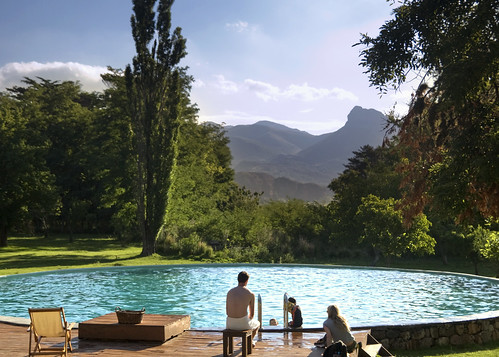
If you come to Argentina, you have to experience a stay at a working estancia. Dos Lunas outside of Córdoba is one of the best. It is the perfect escape from the modern world and you get to experience what life was like for Argentina's wealthy landowners.
The food at Dos Lunas is exceptional and the hospitality warm and friendly. No TV, phone, or internet for miles.
There may be better estancias in Argentina, I have not found one yet. My family ranks our stay at Dos Lunas as our favorite memory in Argentina so far. I raved about our stay in my Dos Lunas post with plenty of pics.
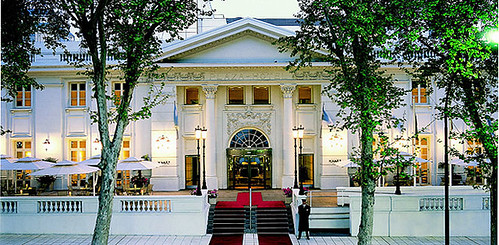
There simply isn't any other choice when staying in Mendoza other than the Park Hyatt Mendoza. It is situated in the heart of Mendoza right on the main square.
Like it's sister hotel in Buenos Aires, the Park Hyatt has designed a sleek modern hotel into a beautiful old building from Mendoza's past. The rooms are large, modern and very comfy. The the outstanding service is warm and friendly and can arrange any of your outdoor activities or wine tours.
Food at all of the restaurants are some of the best bites in town. Sushi on the patio on Friday nights shouldn't be missed.
The kids really enjoyed the small, but uniquely designed pool. Can't say much about the attached Casino, but the Spa is highly rated by past visitors over at TripAdvisor

El Calafate took my breath away and nudged out Bariloche as my favorite place in Patagonia. The best place to stay in Calafate has to be Eolo.
Well, you could spend $1000 (yes, that is one thousand US dollars) more a night to stay at Los Notros and be closer to the glacier. But, is it not worth it? The staff, service and food at Eolo are all exceptional.
Above all, it is the beautiful setting that sets Eolo apart. It is the ultimate room with a view as visitors are enveloped in the beauty and remoteness of southern Patagonia. It is one of those special places that shouldn't be missed.

I wrote in my blog post about Bariloche that Villa La Angostura is the place
to stay for smart Argentine traveler in the know. The quaint
village is a lot more welcoming than run-down Bariloche across the lake.
There is not better place to stay in Villa La Angostura than Las Balsas. This small quiet inn is right on the lake with a chef that is world renowned. Probably not a place to take the kids. But, this is the place if you want a romantic getaway in the Bailoche area.
Las Balsas makes a great alternative to the Hotel Llao Llao (the other Bariloche area hotel on my list) if you prefer small comfortable inns over big resorts.
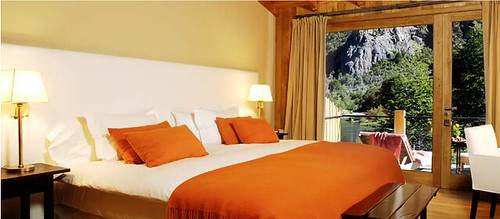
Río Hermosa Hotel is one of Patagonia's best kept secrets. It is located right on the banks of the Río Hermoso in Lanín National Park. It is south of San Martín de los Andes in the middle of nowhere.
Like Las Balsas (see above), it is a small gem of a hotel. However, it is more secluded and private than Las Balsas and ideal for those wanting an exclusive get away close to nature. My Argentine travel agent once joked, "Las Balsas is where we take our wives, Río Hermoso is where we take our mistresses. And when you are done with her, you have the best fly fishing right at your doorstep."
I guess for certain men, it couldn't get much better than that. Río Hermoso tops my list of places to stay in the San Martín del los Andes area. I will be staying here when I return. With my wife of course.

Touring Mendoza for the wine? Then you have to stay at The Cavas Wine Lodge. It is located at the base of Andes Mountains surrounded by lush vineyards 20 minutes south of Mendoza.
It was the first hotel in Mendoza dedicated to wine. Cavas Wine Lodge is known for its privacy, tranquility and romance (i.e. no kids allowed). Guests are surrounded by great wine, food and natural beauty.
The rooms are actually small casitas in the middle of the vineyard and feature private pools and rooftop fireplaces. Most guests comment that their fondest memory is drinking a bottle of wine with their spouse rooftop in front of the outdoor fireplace while the sun set over the Andes. The luxurious spa is top rated by former guests as well.
It is the one place we wanted to stay in Mendoza but couldn't because we had the kids in tow. So on this one, I'm going strictly by everyone else's strong praise.
What is your favorite place in Argentina?
What do you think? Did I leave your favorite hotel or estancia off the list? I know I have short changed Salta, Tucuman and other regions to the north. However, I haven't been lucky enough to visit the north of Argentina yet. What are your recommendations?











